By futureTEKnow | Editorial Team
The no-code movement just got a major upgrade. Anthropic has rolled out a powerful new feature for its Claude AI assistant, making it possible for anyone—regardless of programming experience—to build, test, and share interactive AI-powered applications directly within the platform. Here’s what you need to know about this game-changing update and how it’s reshaping the way we create with AI.
Claude’s new Artifacts feature is a leap forward from the static content generation most users are familiar with. Previously, Claude could help you draft a document or generate a snippet of code. Now, it can help you build fully interactive applications—think educational games, data analyzers, productivity tools, and more—right from a simple chat interface.
All you have to do is describe what you want to build in plain English, and Claude takes care of the rest. The platform generates the code, displays the working app in a dedicated window, and lets you interact with it in real time. You can ask for tweaks, test features, and iterate—all within the same conversation.
The Artifacts window acts as a live workspace. You can see your app take shape as Claude builds it, suggest changes, and instantly see the results. This real-time feedback loop is perfect for experimenting, learning, and refining your ideas without ever leaving the Claude environment.
Want to adjust the layout, add a new feature, or change the color scheme? Just ask. Claude will update the app and show you the changes immediately. Plus, every version is saved, so you can toggle between different iterations without losing your progress.
Once your app is ready, sharing it is as easy as sending a link. Anthropic has set things up so that when someone else uses your shared app, it counts against their Claude subscription limits, not yours. This removes a major barrier for creators who want to distribute their tools widely.
There’s also a new Artifacts dashboard, where you can organize your creations and browse a curated gallery of apps built by other users. You can even view the original prompts and chat history behind each app, making it easy to learn from and customize community-made projects.
Access: The Artifacts feature is available to all Claude users, including those on free, Pro, and Max plans.
Activation: Simply go to your Claude settings and toggle on “Create AI-powered artifacts”.
Usage: Build as much as your plan’s rate limits allow—Pro and Max users can handle more activity, but free users can still create and share apps.
Anthropic’s move puts Claude in direct competition with OpenAI’s custom GPTs and Google’s Gems, but with a unique twist: the entire process is conversational and accessible to anyone. No coding, no deployment headaches, just describe your idea and watch it come to life.
For educators, entrepreneurs, and hobbyists, this means faster prototyping, easier collaboration, and a lower barrier to entry for building with AI. And with over 500 million artifacts already created, it’s clear that users are embracing the new possibilities.
Claude’s Artifacts feature is a bold step toward democratizing AI development. Whether you’re building your first app or looking for inspiration, it’s never been easier to turn your ideas into interactive AI-powered tools.
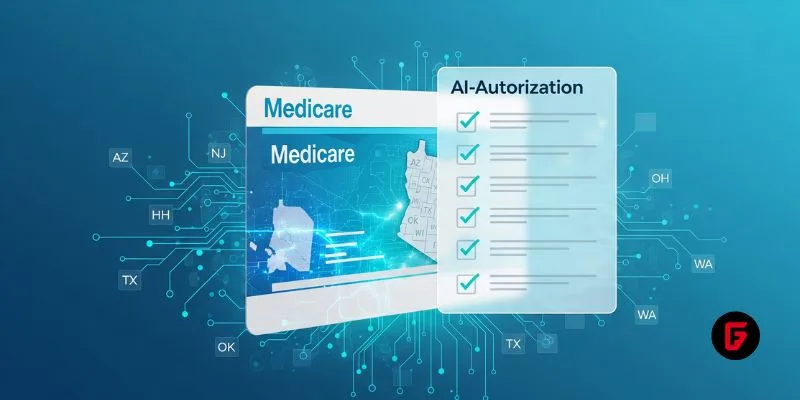
Traditional Medicare will pilot AI-assisted prior authorization in 2026 across six states, focusing on high-risk outpatient services. Clinicians retain final say, but incentives and access concerns loom as CMS tests fraud reduction and “gold card” exemptions. Here’s what providers and patients should know.
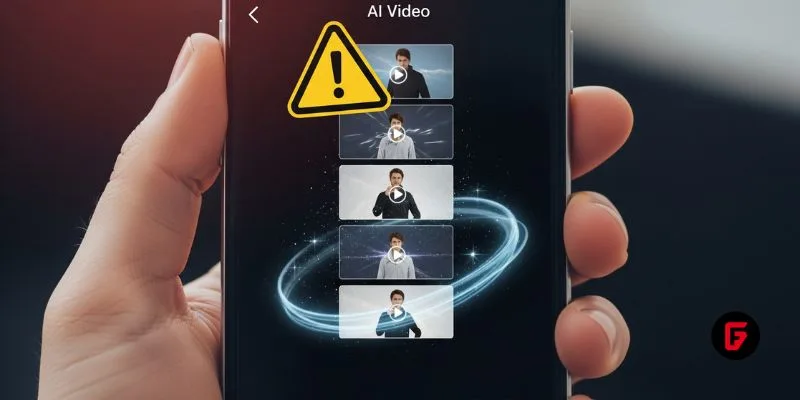
OpenArt’s new “one-click story” compresses scripting, visuals, and edits into ready-to-post short videos—fueling viral growth and a fresh IP debate. We break down how it works, adoption signals, what’s next (multi-character, mobile), and practical guardrails creators and brands should follow to stay original and compliant.

OpenAI’s o3 swept the Kaggle AI chess tournament, defeating xAI’s Grok 4–0. The victory fueled the intense rivalry between Altman and Musk, reshaping AI benchmarks.
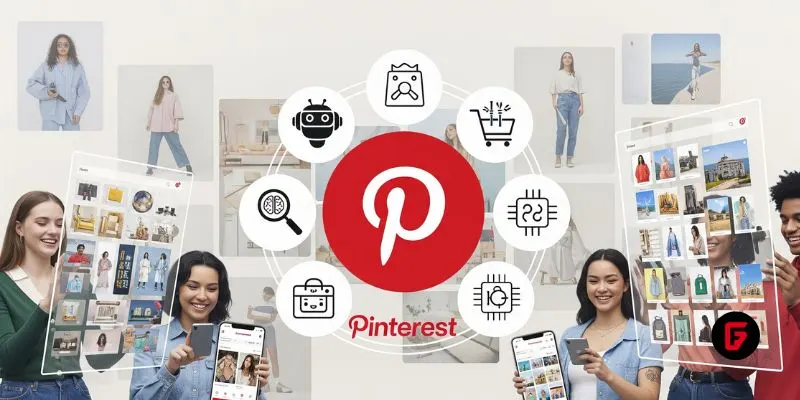
Pinterest’s CEO confirms that fully agentic AI shopping is years away, as the platform invests in AI-powered tools to enhance discovery, inspiration, and personalized shopping experiences for millions.
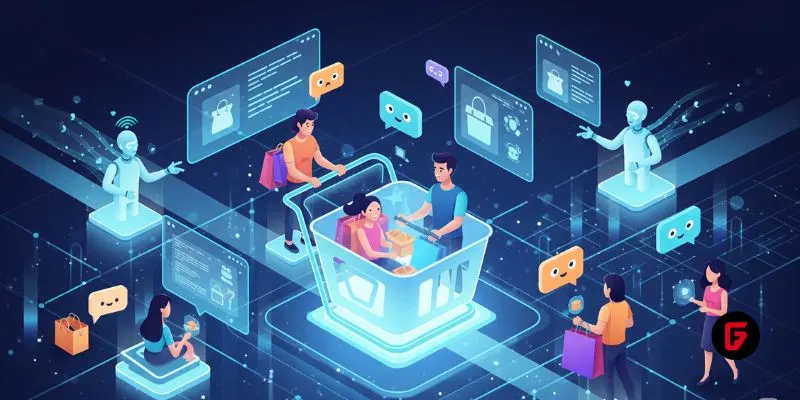
Shopify’s new AI shopping tools are transforming e-commerce, letting agents and chatbots deliver smooth, personalized shopping and checkout experiences across platforms. Learn how these innovations reshape online retail.
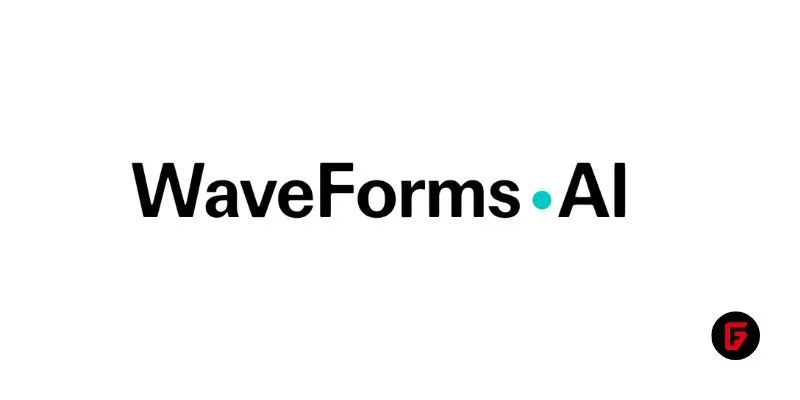
Meta has acquired WaveForms AI, a startup pioneering emotion-detecting voice technology. Learn what this means for Meta’s AI voice ambitions and the future of AI audio.
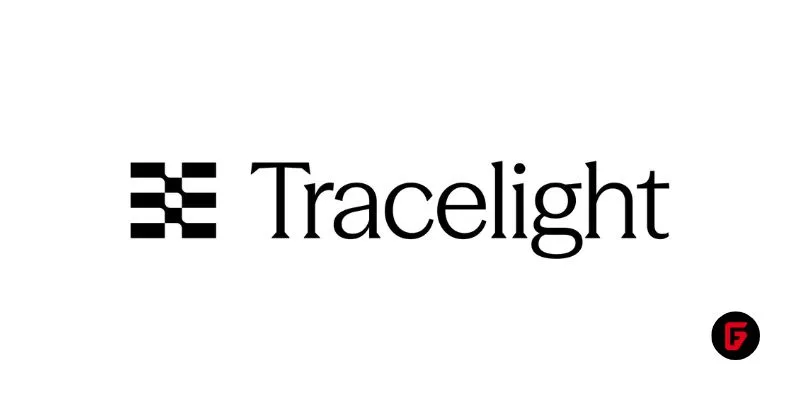
Tracelight is revolutionizing financial modelling for finance professionals with AI-powered Excel tools that automate complex tasks, reduce errors, and unlock new analysis capabilities. Learn how this next-gen solution changes the future of spreadsheets.
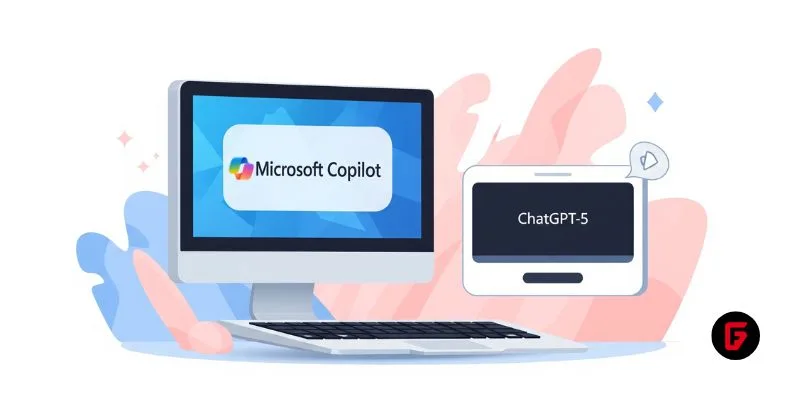
Microsoft rolls out GPT-5 across its Copilot suite, integrating smarter AI for enterprise and personal users. Discover new features, free access, and what sets this launch apart.
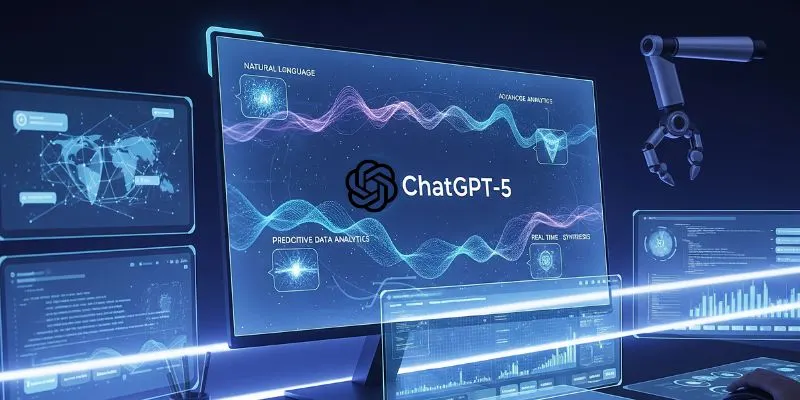
OpenAI’s GPT-5 is now live for all ChatGPT users. It brings faster, smarter AI with improved reasoning, expanded context, and safer outputs—marking a major leap in generative technology.
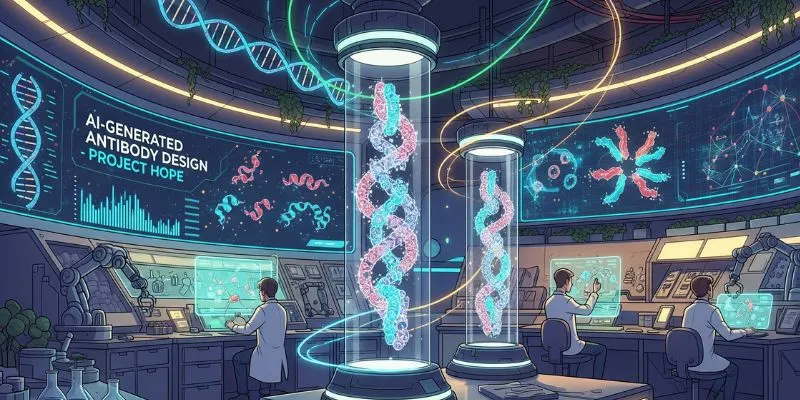
Chai Discovery’s $70M funding ushers in a new era for AI-powered antibody design, promising faster, more successful drug discoveries with its breakthrough Chai-2 model.
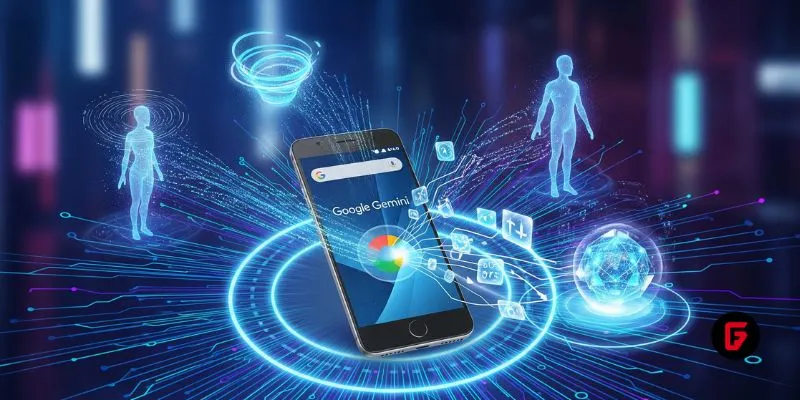
Discover how Google’s Gemini generative AI is revolutionizing Android—making your phone smarter, faster, and truly personal with next-gen features and privacy-first innovation.
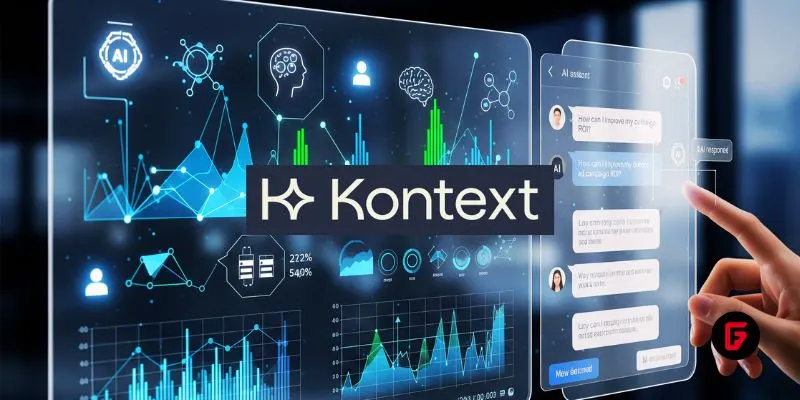
Kontext lands $10M seed round to fuel its generative AI advertising platform, enabling brands to deliver personalized, context-rich real-time ads in AI applications and chatbots.
To provide the best experiences, we use technologies like cookies to store and/or access device information. Consenting to these technologies will allow us to process data such as browsing behavior or unique IDs on this site. Thanks for visiting futureTEKnow.